

Dyschezia is a condition in which defecation is extremely difficult or painful, and hematochezia is symptomized by bright red blood in the stool. Both conditions are visible symptoms of an underlying disease that causes inflammation or irritation of the rectum or anus. Hematochezia can also be concurrent with diseases of the colon.
Rectal/Anal Disease
Colonic Disease
Extra-intestinal Disease (outside of the intestinal tract)
You will need to give a thorough history of your cat's health and onset of symptoms. Your veterinarian will perform a complete physical exam on your cat, including a blood chemical profile, a complete blood count, an electrolyte panel and a urinalysis. If an underlying disease is causing inflammation or infection of any part of the intestinal tract, the complete blood count should show this.
Your doctor may also use x-ray imaging to visually inspect the abdominal space. This diagnostic method can detect many of the disorders that affect the digestive tract, including foreign bodies in the stomach or intestinal tract, or internal fractures. An abdominal ultrasound can deliver even greater visualization than an x-ray, enabling your veterinarian to detect disease of the prostate, or masses in the lower abdomen.
Your veterinarian may also employ another useful diagnostic procedure to visually inspect the internal space and to take a tissue sample for laboratory testing. A colonoscope or proctoscope, both of which are very slender instruments that are designed to be guided into and through the body's internal pathways – in this case the rectum. These instruments have micro cameras attached at the end so that your veterinarian can see the internal space, and that can also be equipped with a tool for taking a tissue samples for biopsy. These tools are especially useful for the diagnosis of inflammatory diseases or cancer.
Most patients with dyschezia and hematochezia may be treated on an outpatient basis unless the underlying condition is severe enough to require supportive care. For example, dehydration or internal bleeding will need to be brought under control before further treatment can be undertaken.
Balloon dilation can be used to relieve strictures of the intestinal canal. This method widens the canal gently and gradually, using a balloon, so that blocked feces can be released.
Rectoanal diseases, such as hernias of the perineum (the space between the genital and the anus), or rectoanal polyps may need surgical correction. Your veterinarian may also prescribe antibiotics, anti-inflammatory drugs, and/or laxatives, depending on the underlying cause of the disease. Laxatives can be used to ease defecation if rectoanal disease is present.
Your veterinarian will schedule follow-up appointments as necessary to continue treatment of your cat's underlying condition, to evaluate your cat's progress, and to modify the treatment as it becomes necessary.
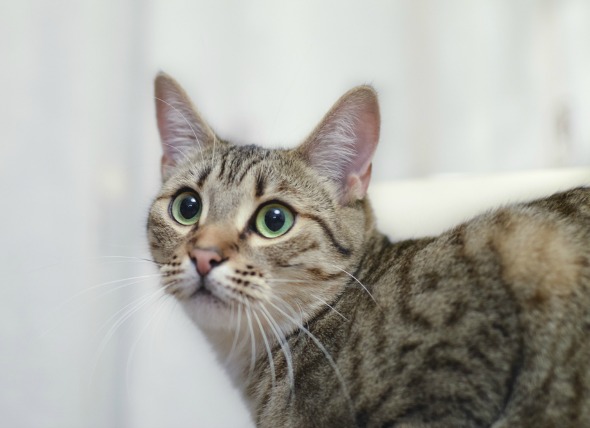 Inflammation of the Middle and Inner Ear in Cats
Otitis Media and Otitis Interna in Cats
Ot
Inflammation of the Middle and Inner Ear in Cats
Otitis Media and Otitis Interna in Cats
Ot
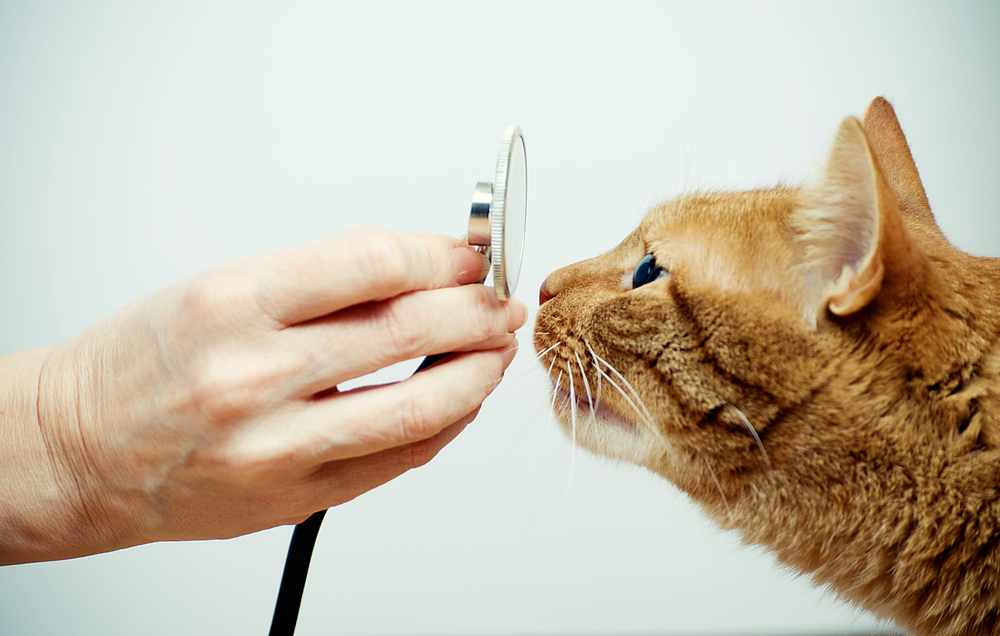 Droopy Eye in Cats
Horner’s Syndrome in Cats
Conditions of the
Droopy Eye in Cats
Horner’s Syndrome in Cats
Conditions of the
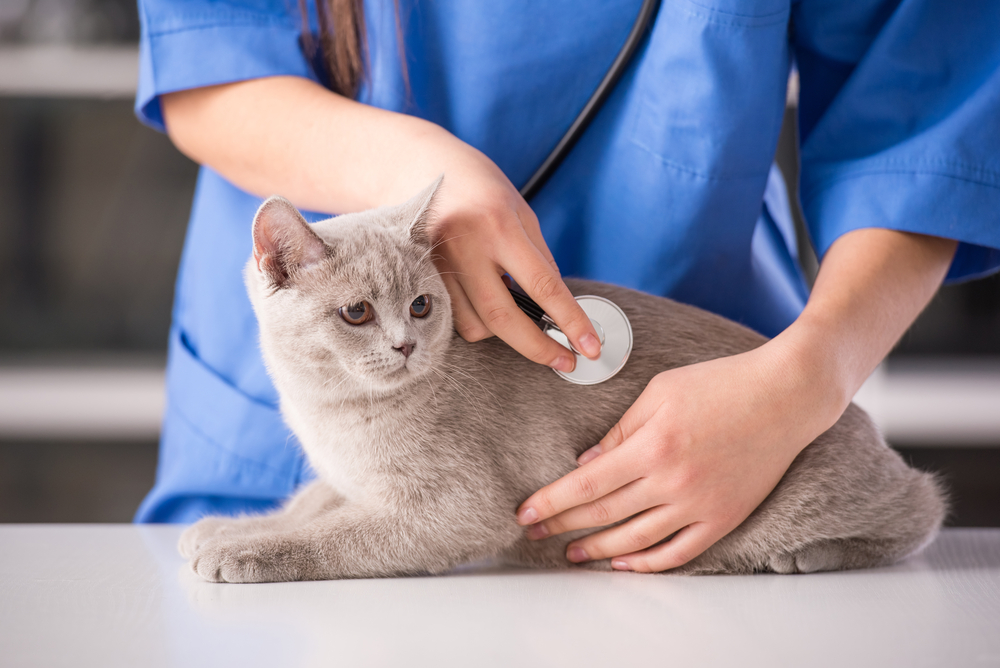 Kidney Failure and Excess Urea in the Urine in Cats
Renal Failure and Acute Uremia in Cats
The sudden
Kidney Failure and Excess Urea in the Urine in Cats
Renal Failure and Acute Uremia in Cats
The sudden
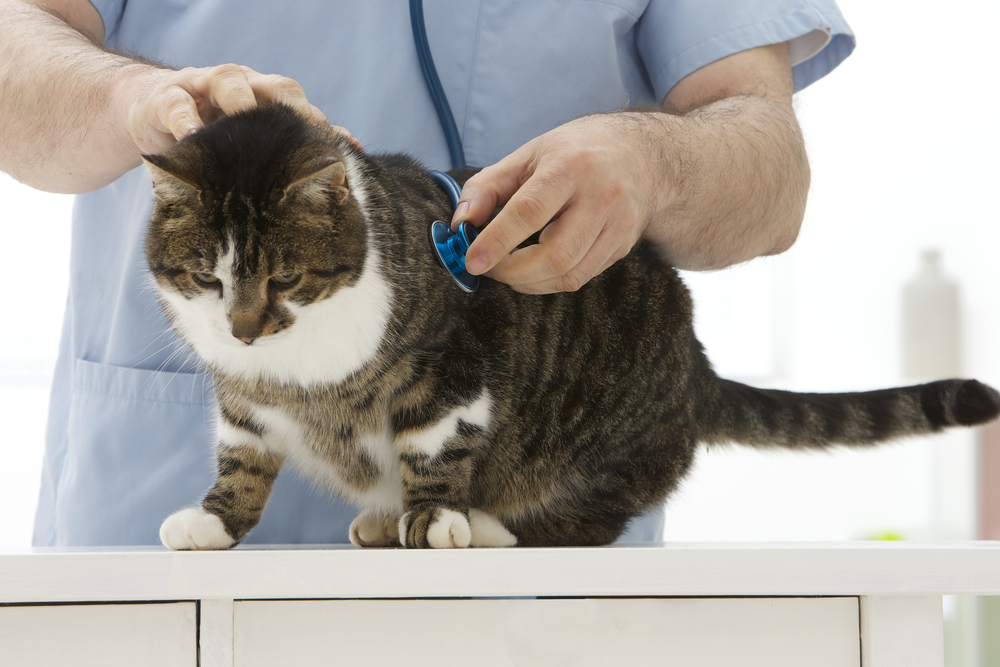 Shoulder Joint Ligament and Tendon Conditions in Cats
Bicipital Tenosynovitis, Brachii Muscle Rupture, and Sup
Shoulder Joint Ligament and Tendon Conditions in Cats
Bicipital Tenosynovitis, Brachii Muscle Rupture, and Sup
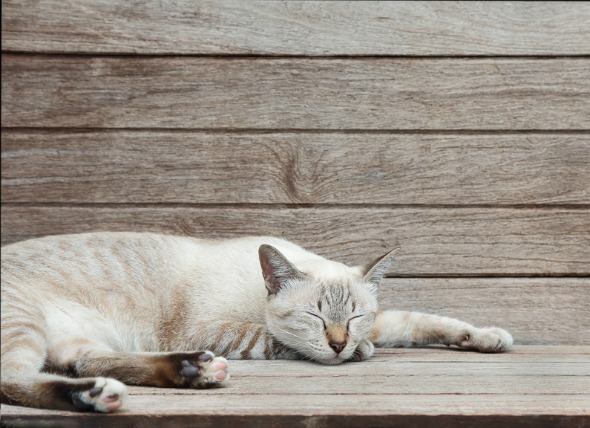 Roundworms in Cats
Ascariasis in Cats
Ascariasis is a disease caused
Roundworms in Cats
Ascariasis in Cats
Ascariasis is a disease caused
Copyright © 2005-2016 Pet Information All Rights Reserved
Contact us: www162date@outlook.com